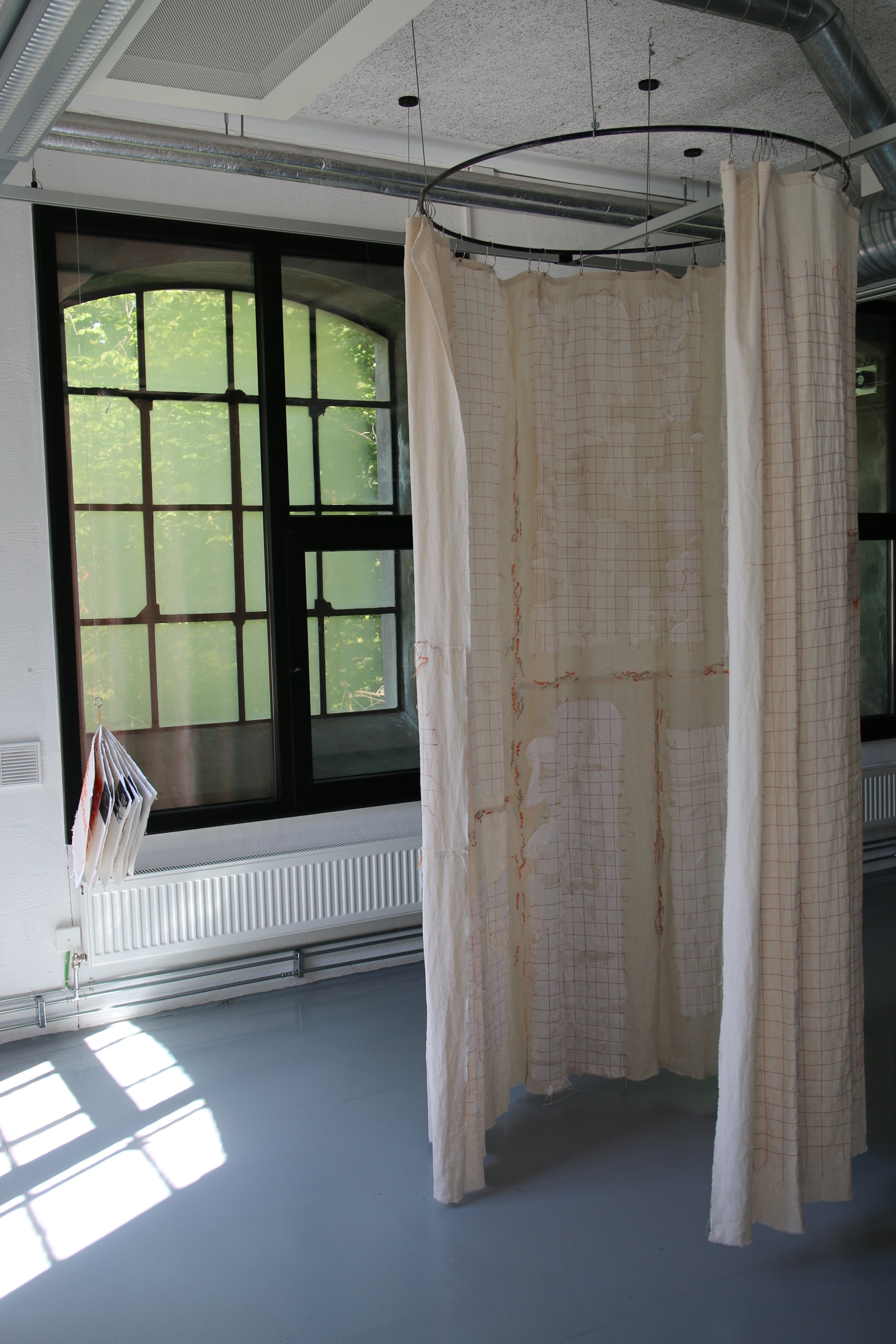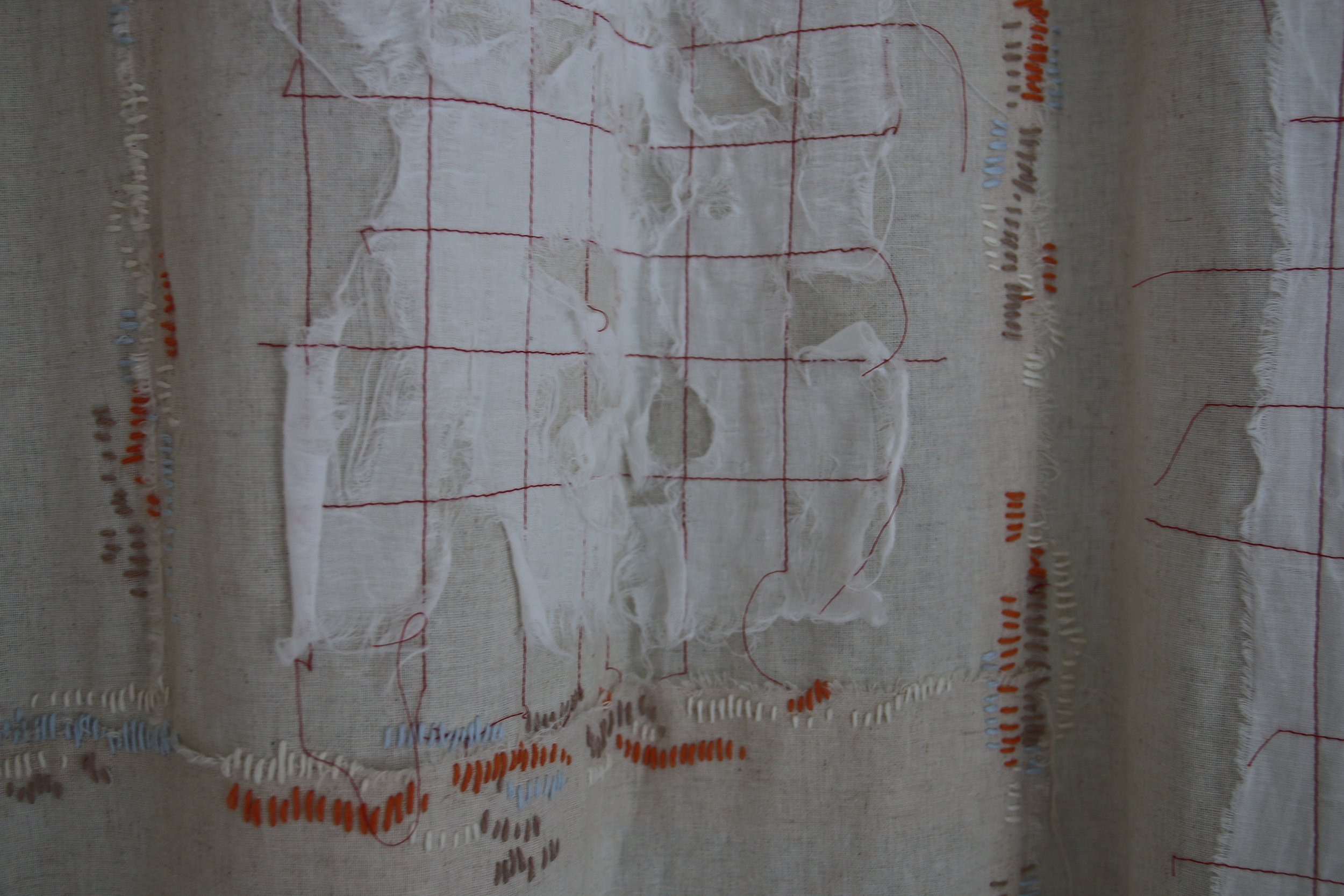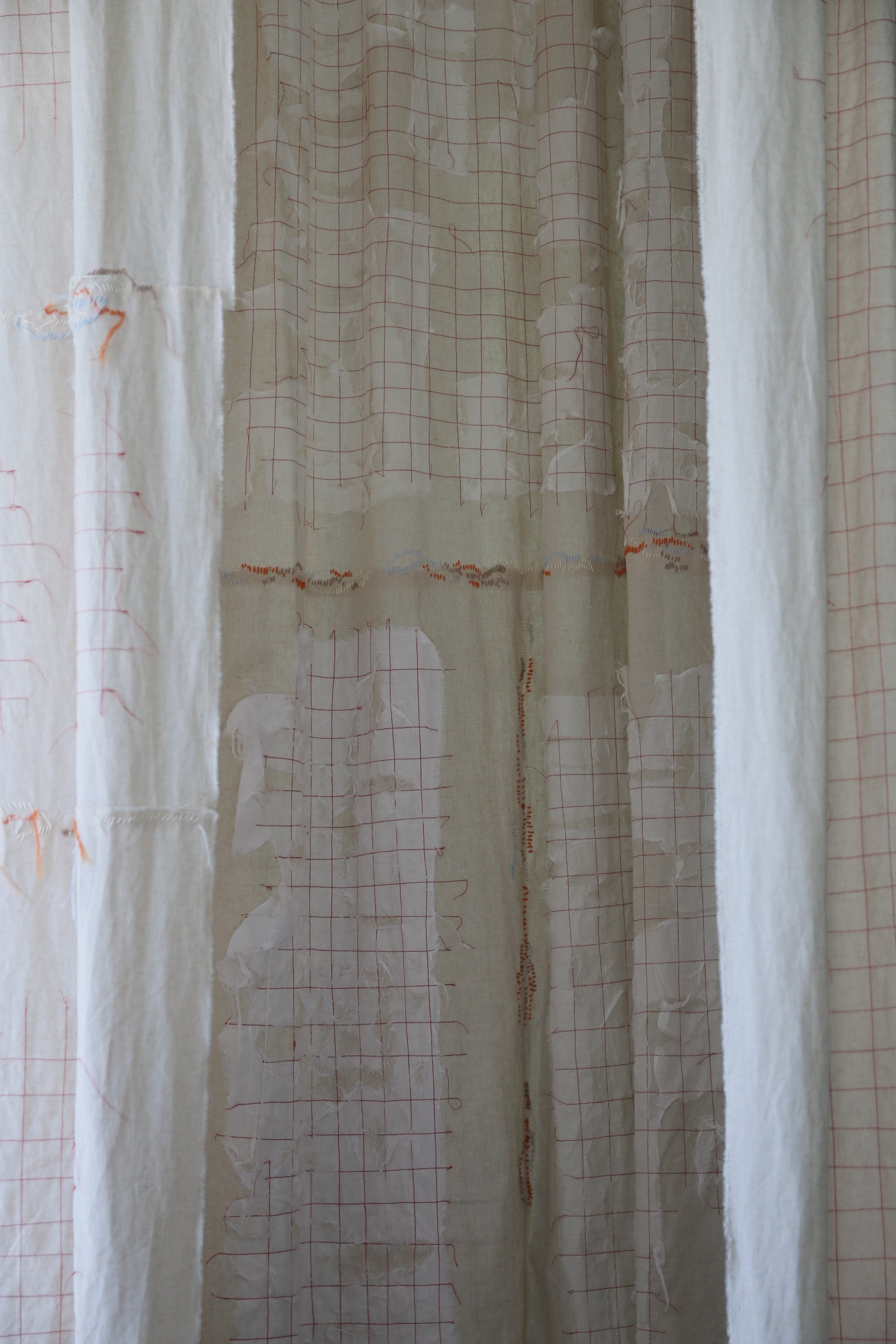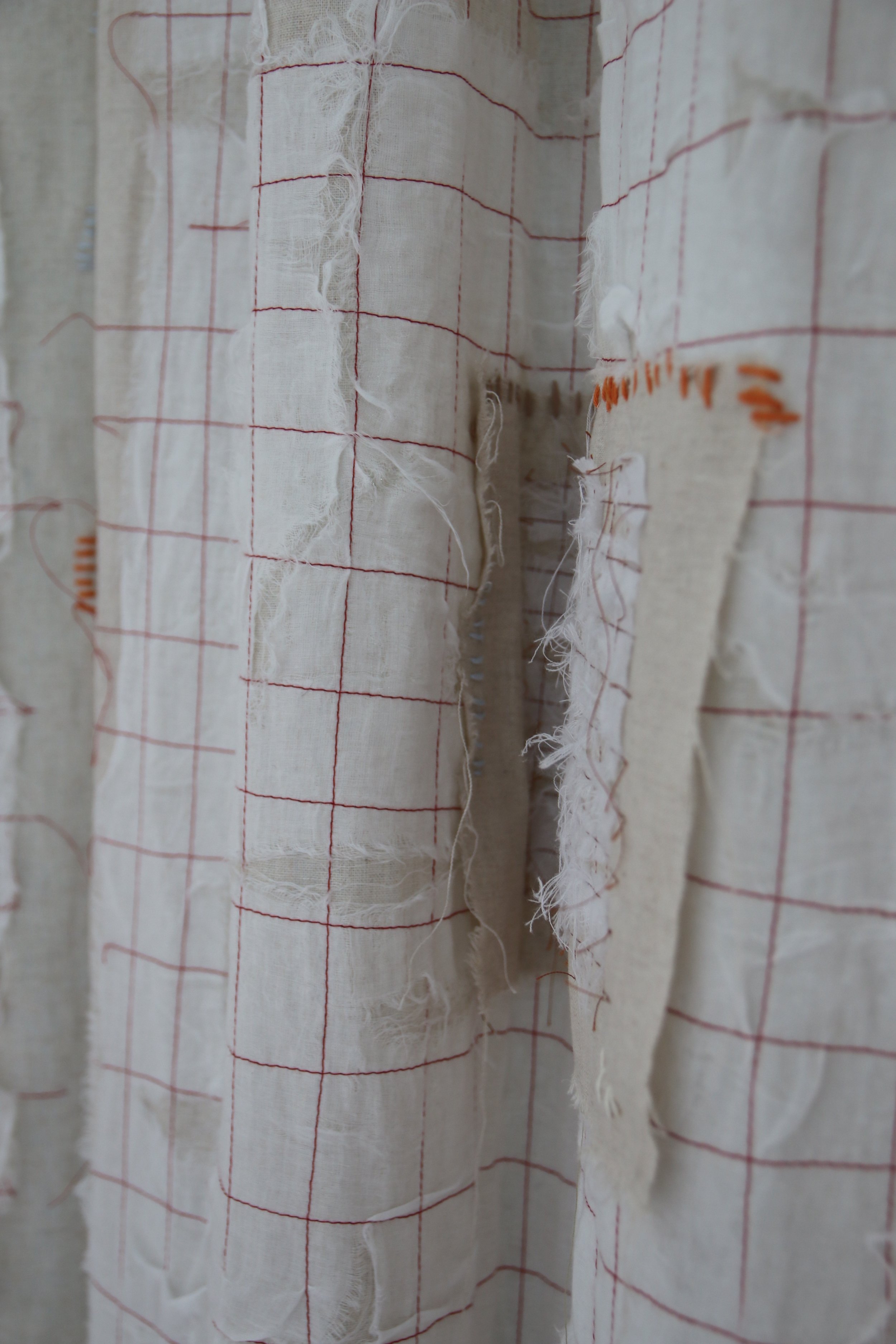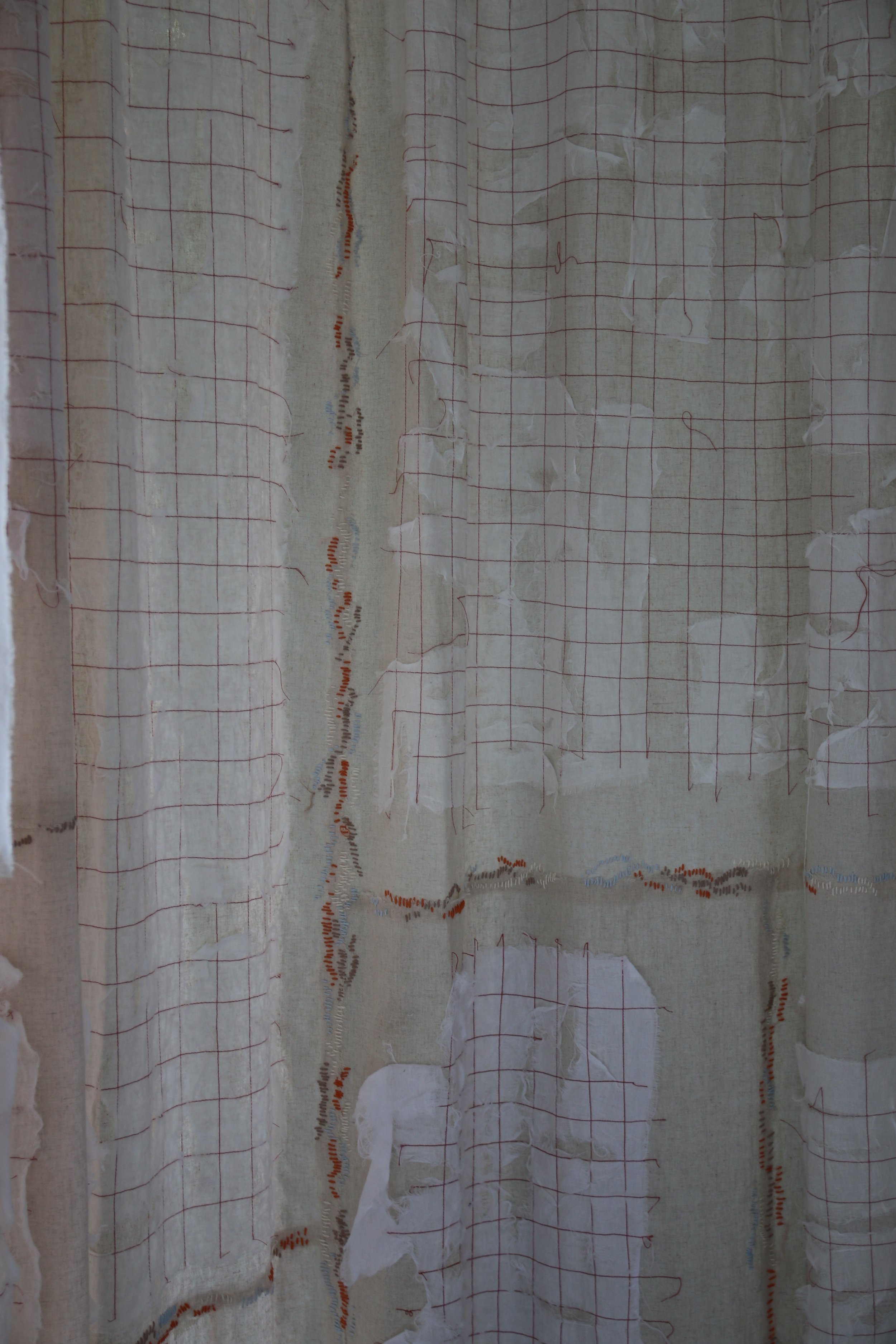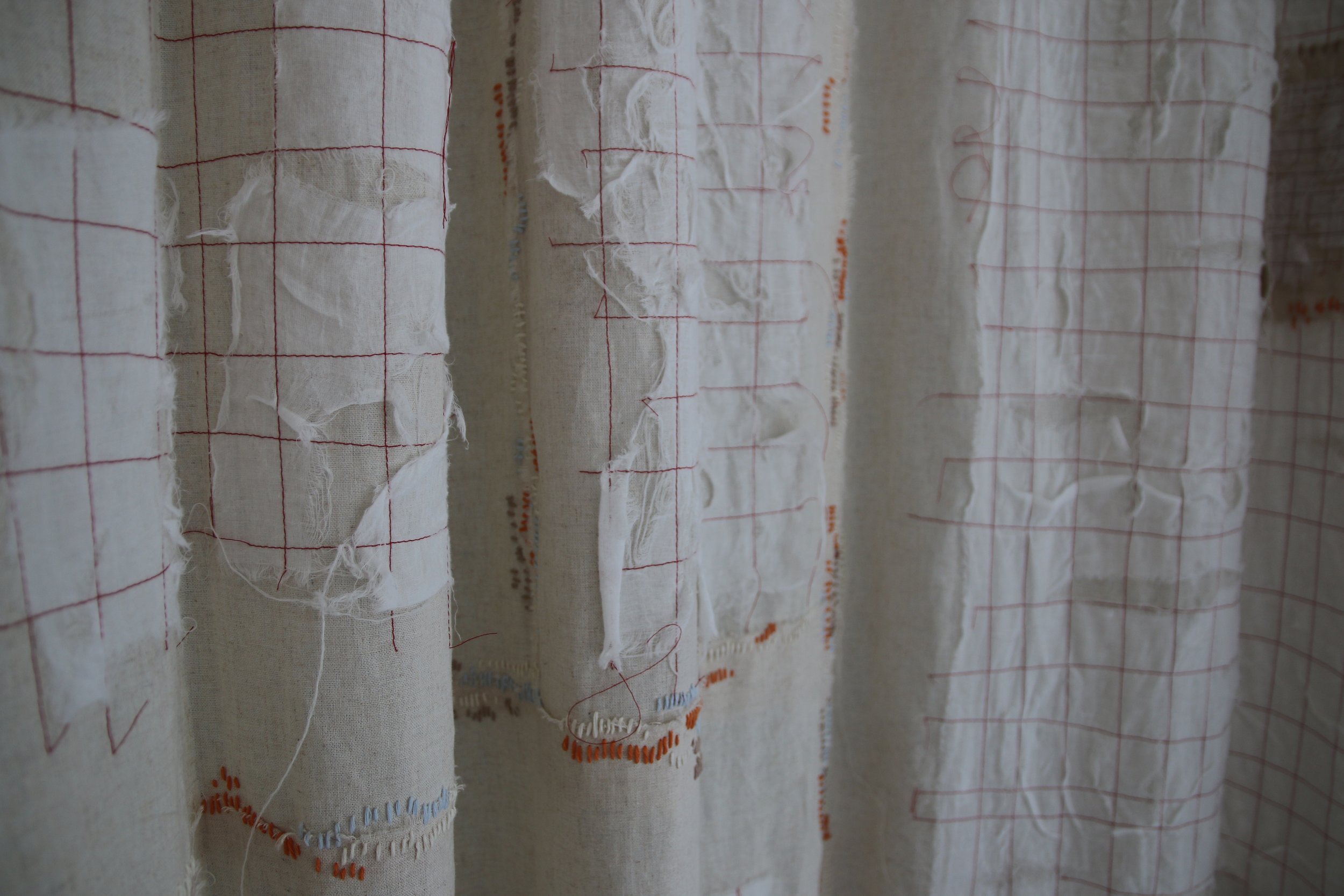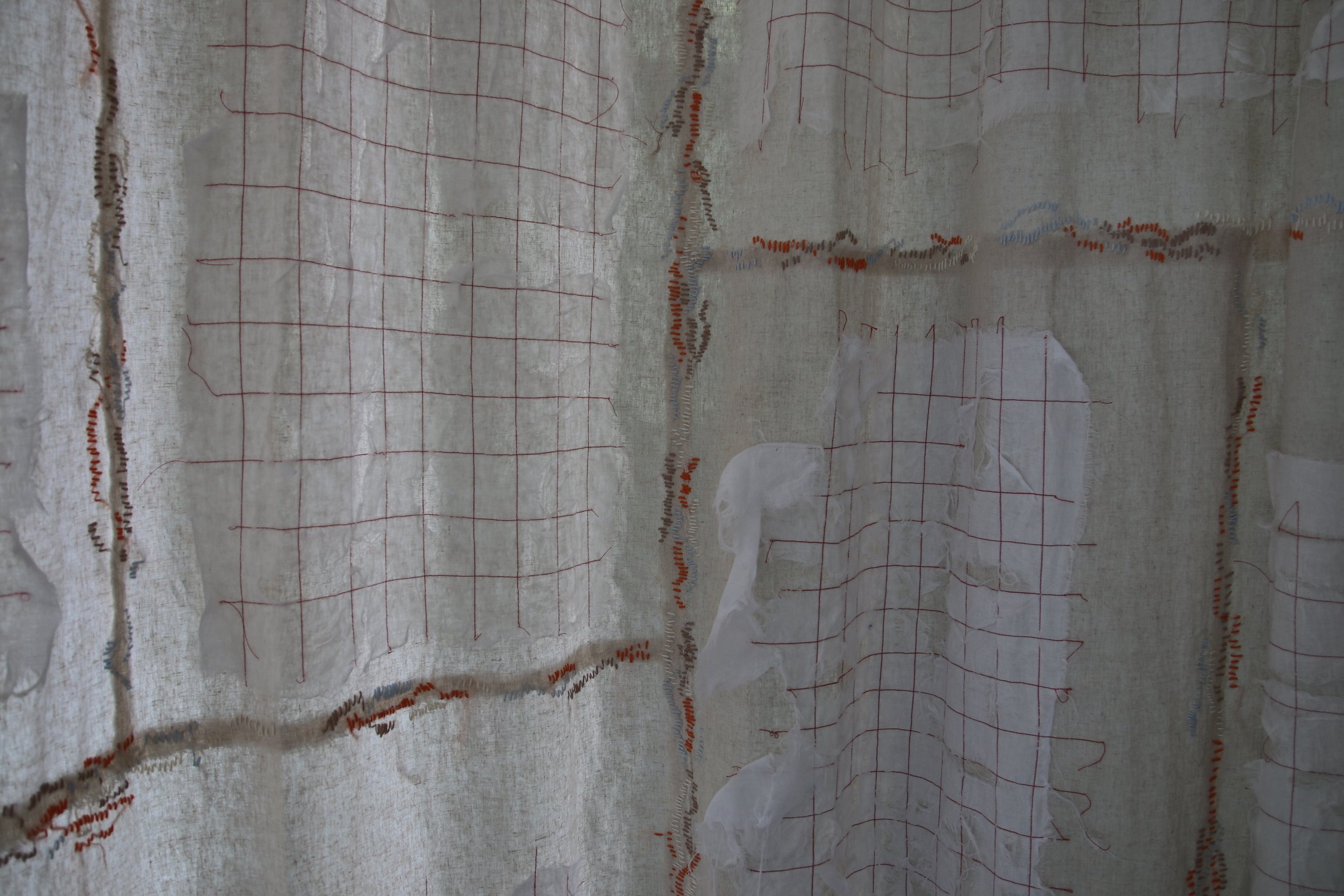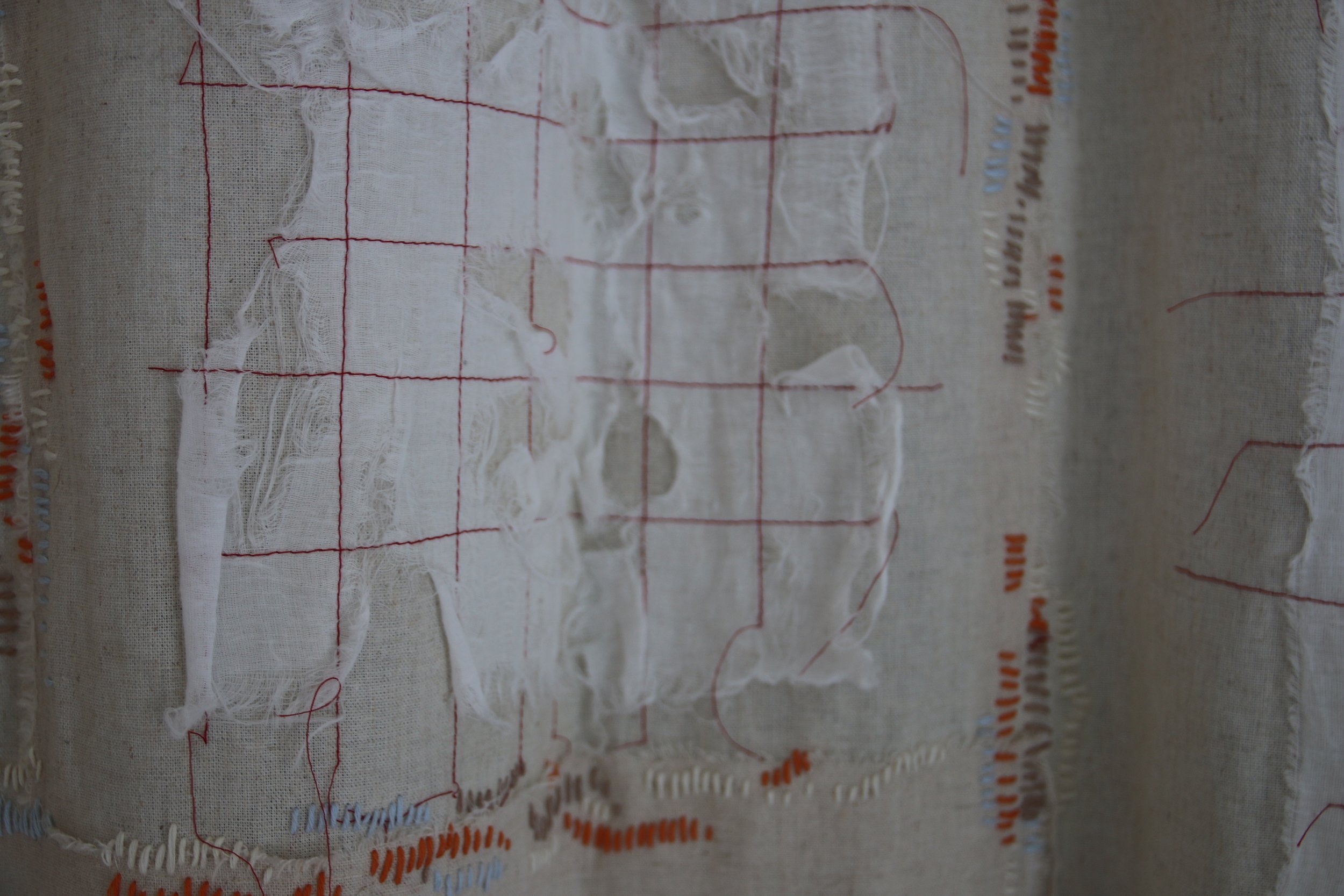
De løse trådene / The loose threads
A project about the possibilities that lie in sewing together the forgotten stories of designhistory
Women's enormous contribution to the history of design has long been forgotten and overlooked, as in many other disciplines. This has led to design being perceived as a man's world, when in reality it has never been. This project has developed through a collaboration between Marie Karsten and me. Marie was Norway's first interior architect, born in Kristiania in 1872. Working with textiles and with Marie has been a crucial practice to free myself from the structures in the field that have made women's contributions invisible. Meeting and learning about the women in designhistory has opened up a space for me, a place I can come to for advice, support and help. It makes me safer; it gives me the courage to go for it and trust my own choices.
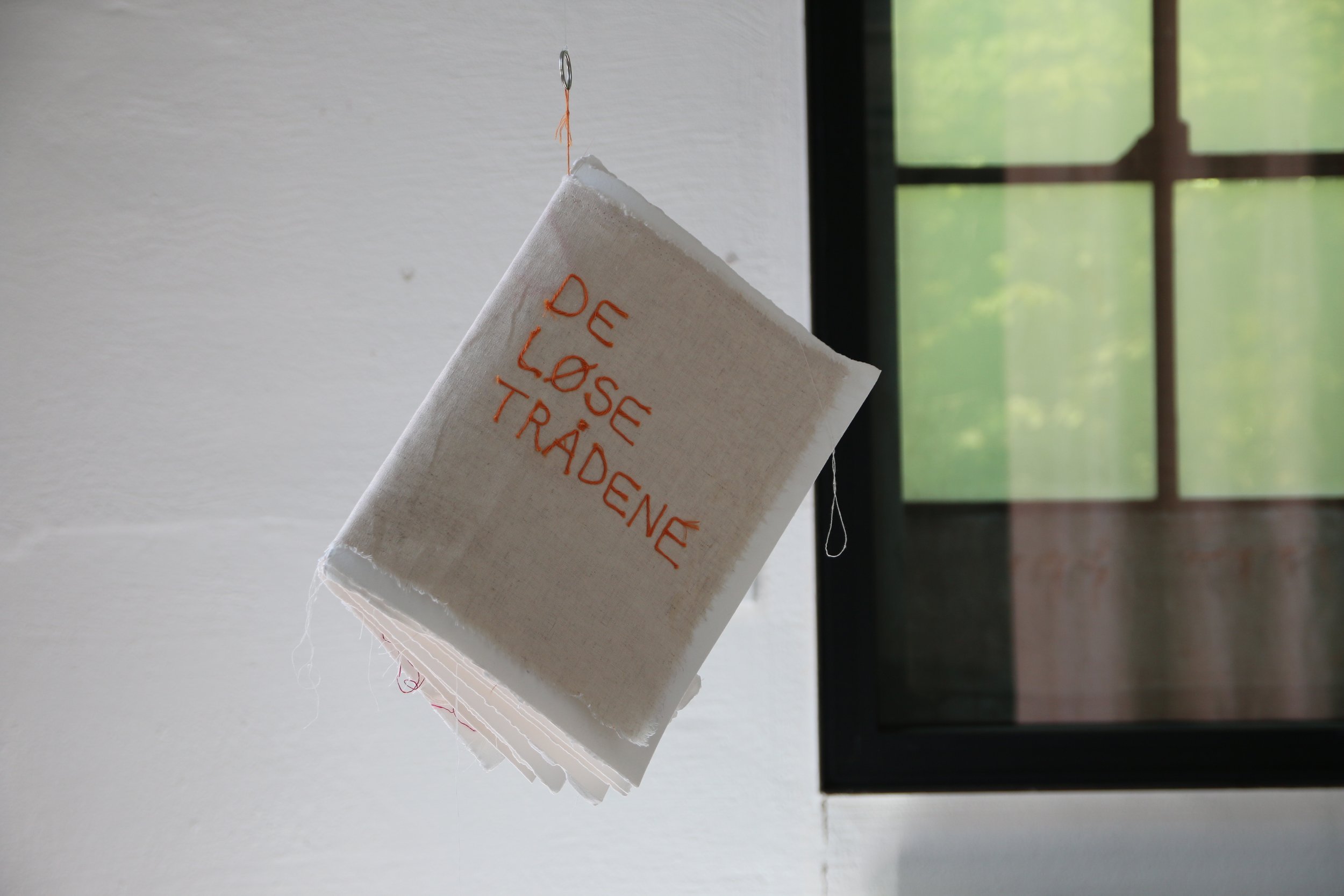
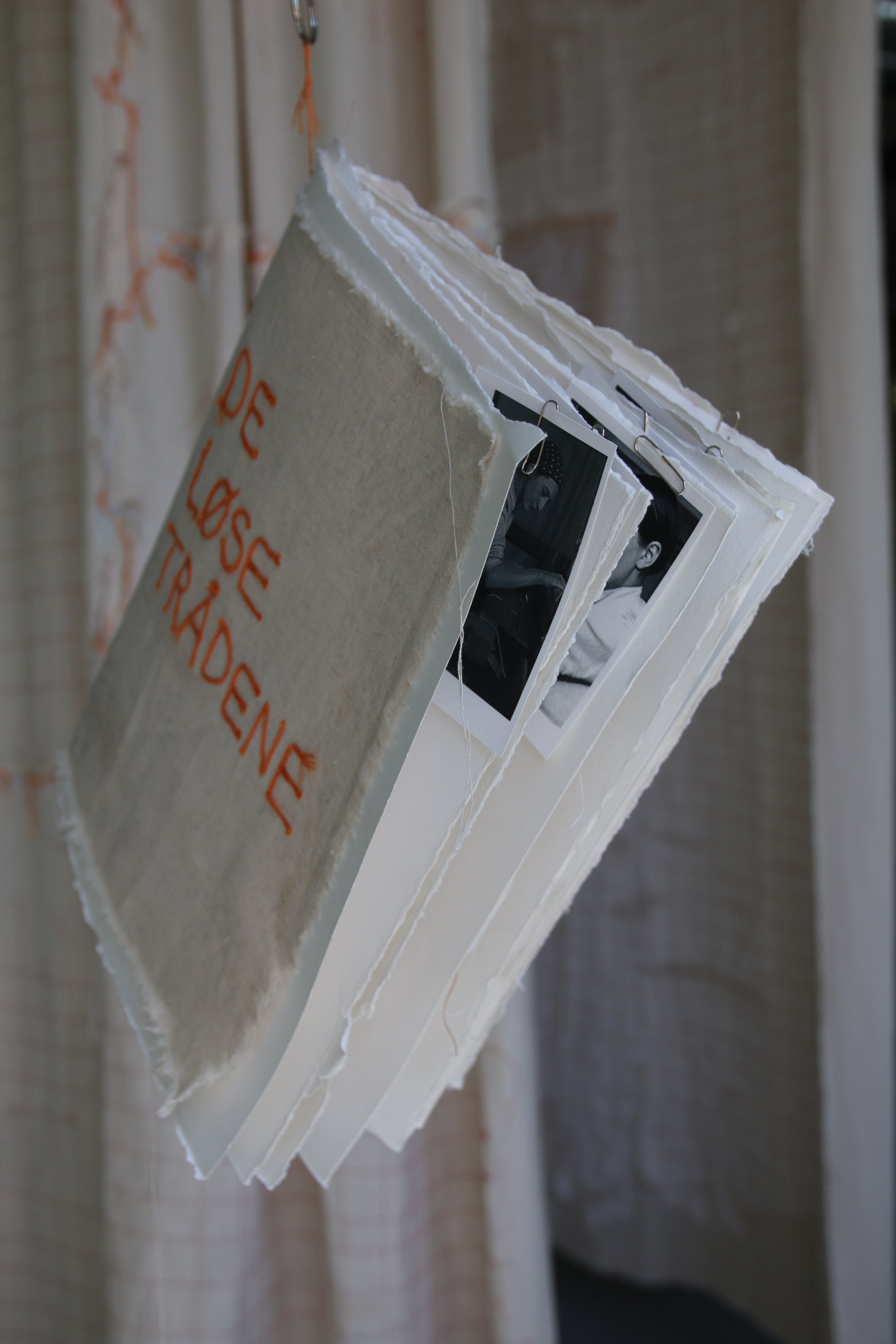

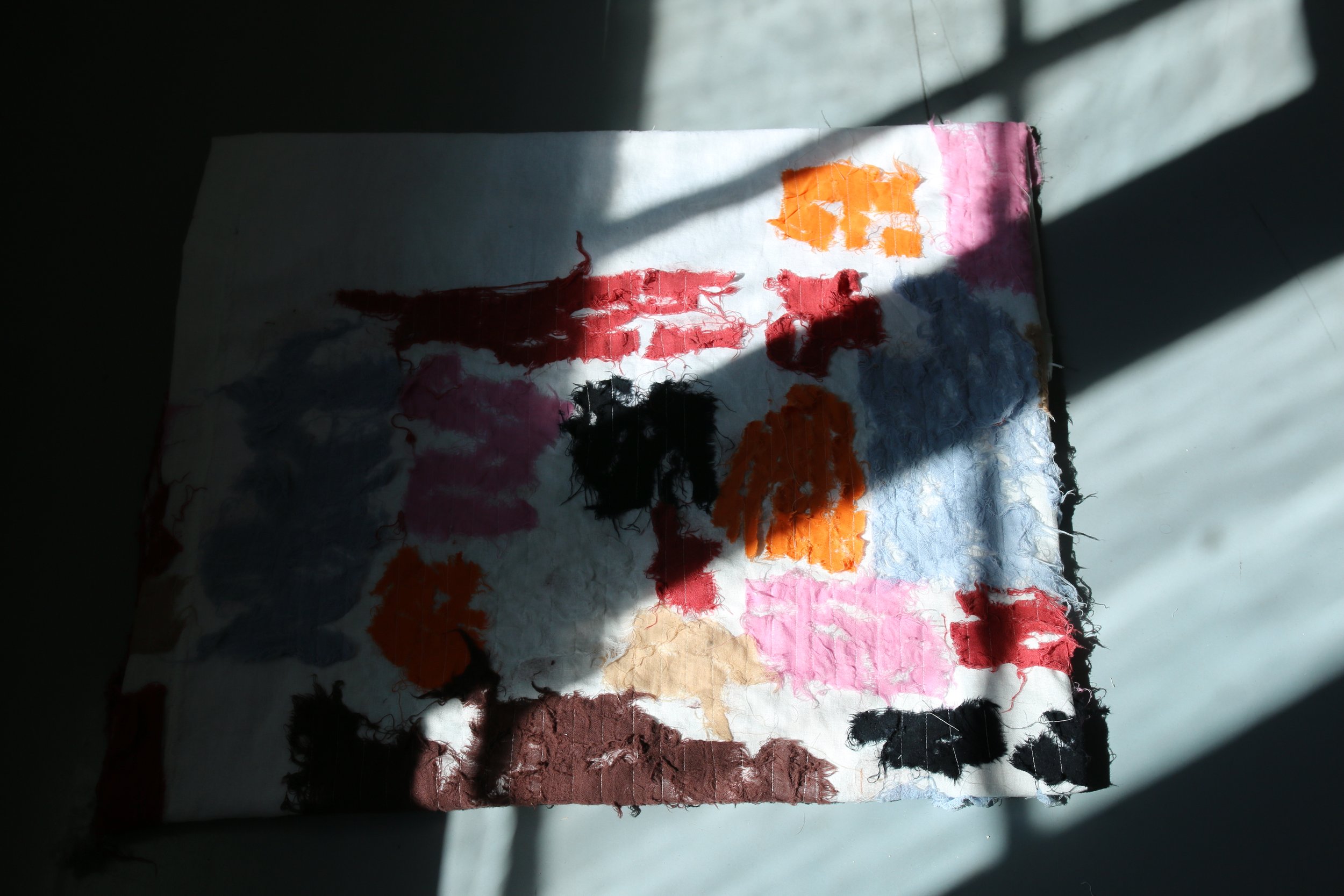
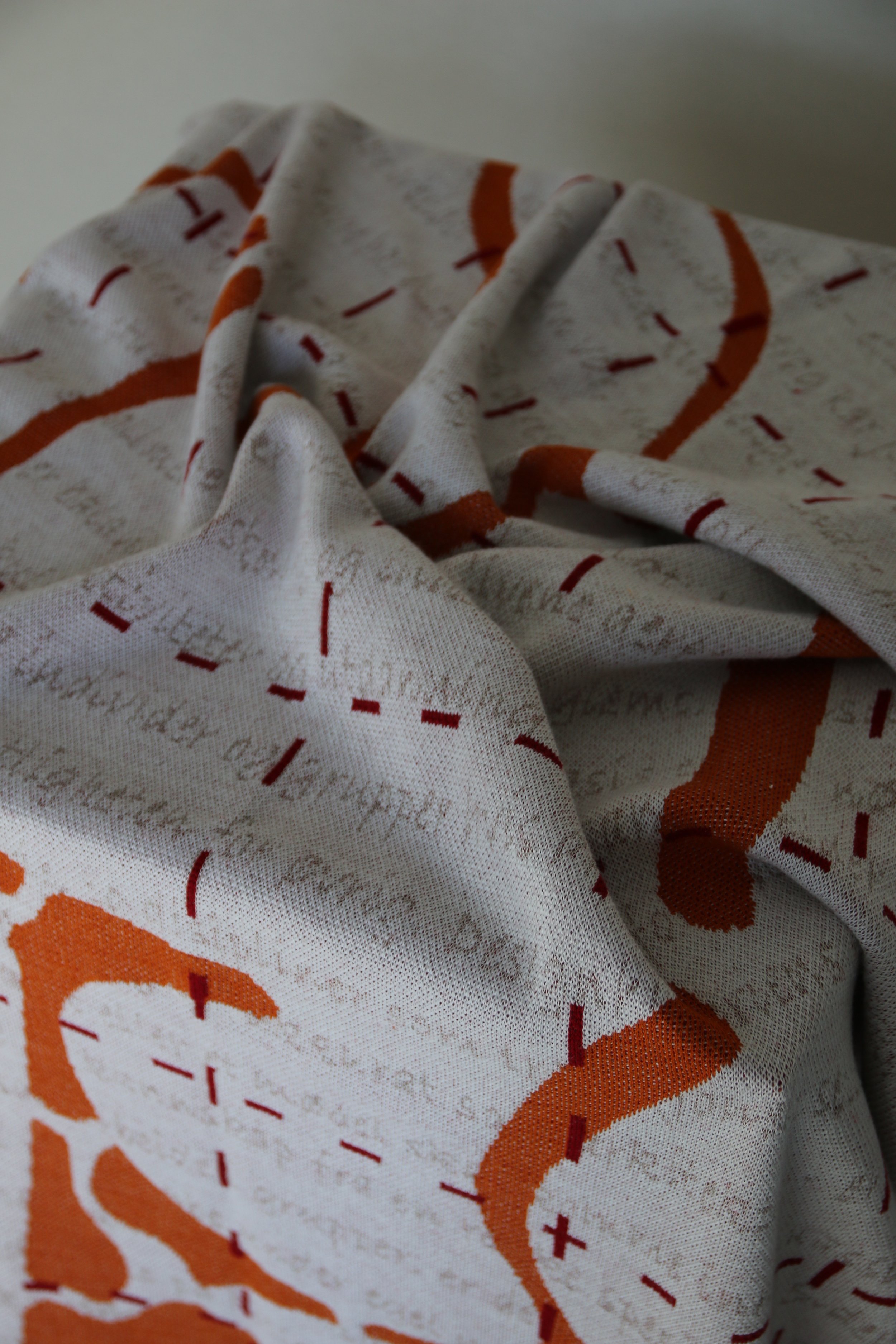
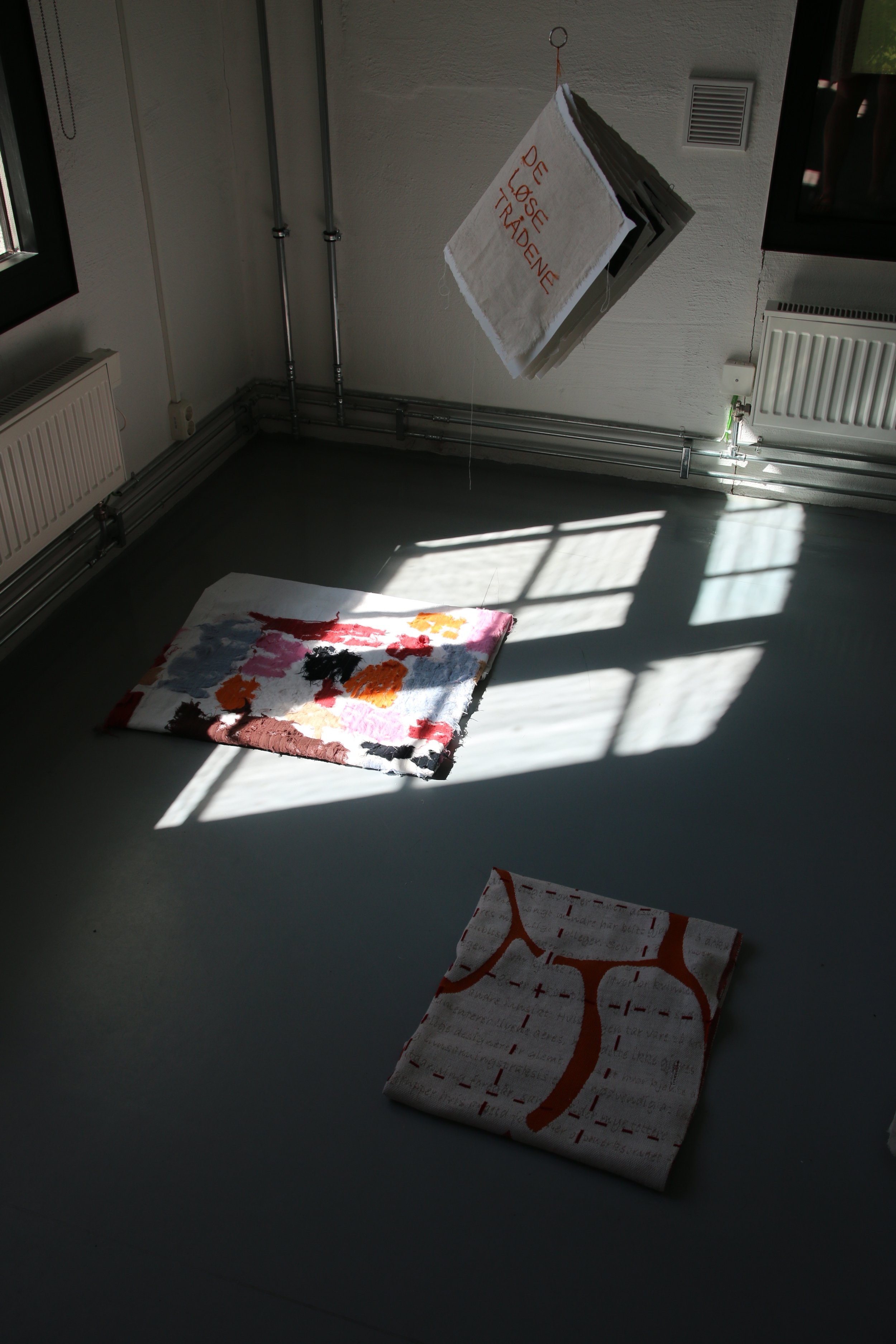
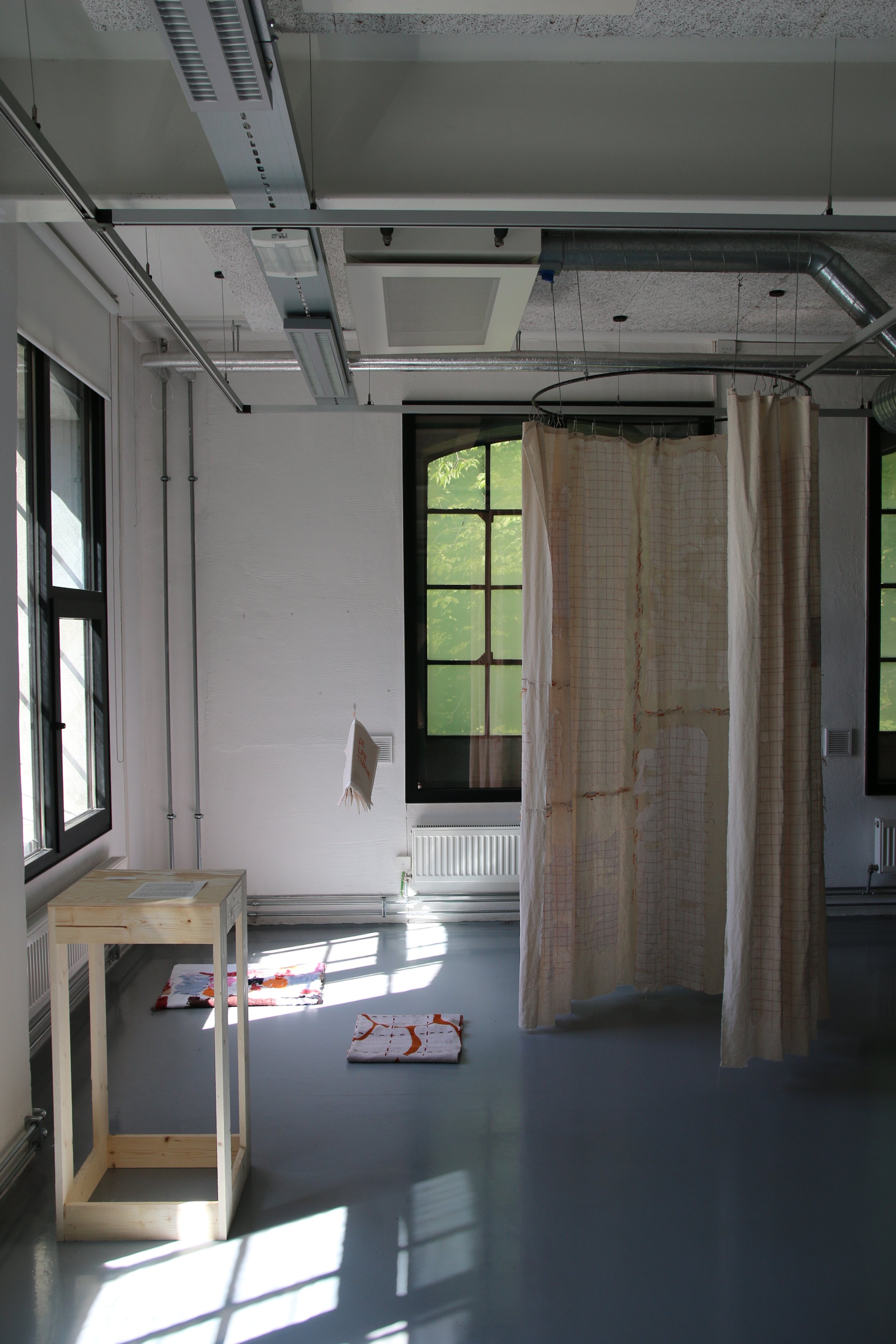
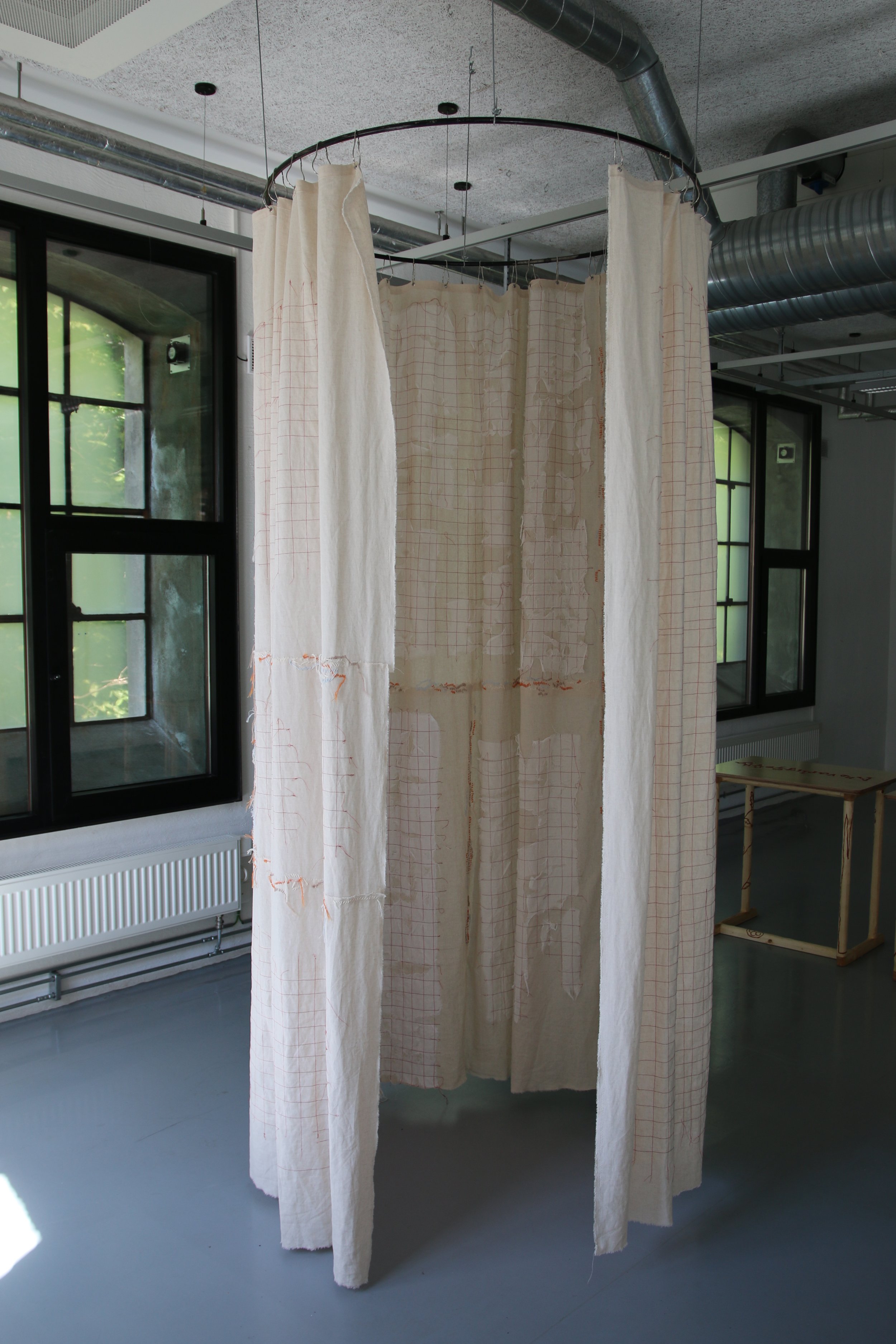
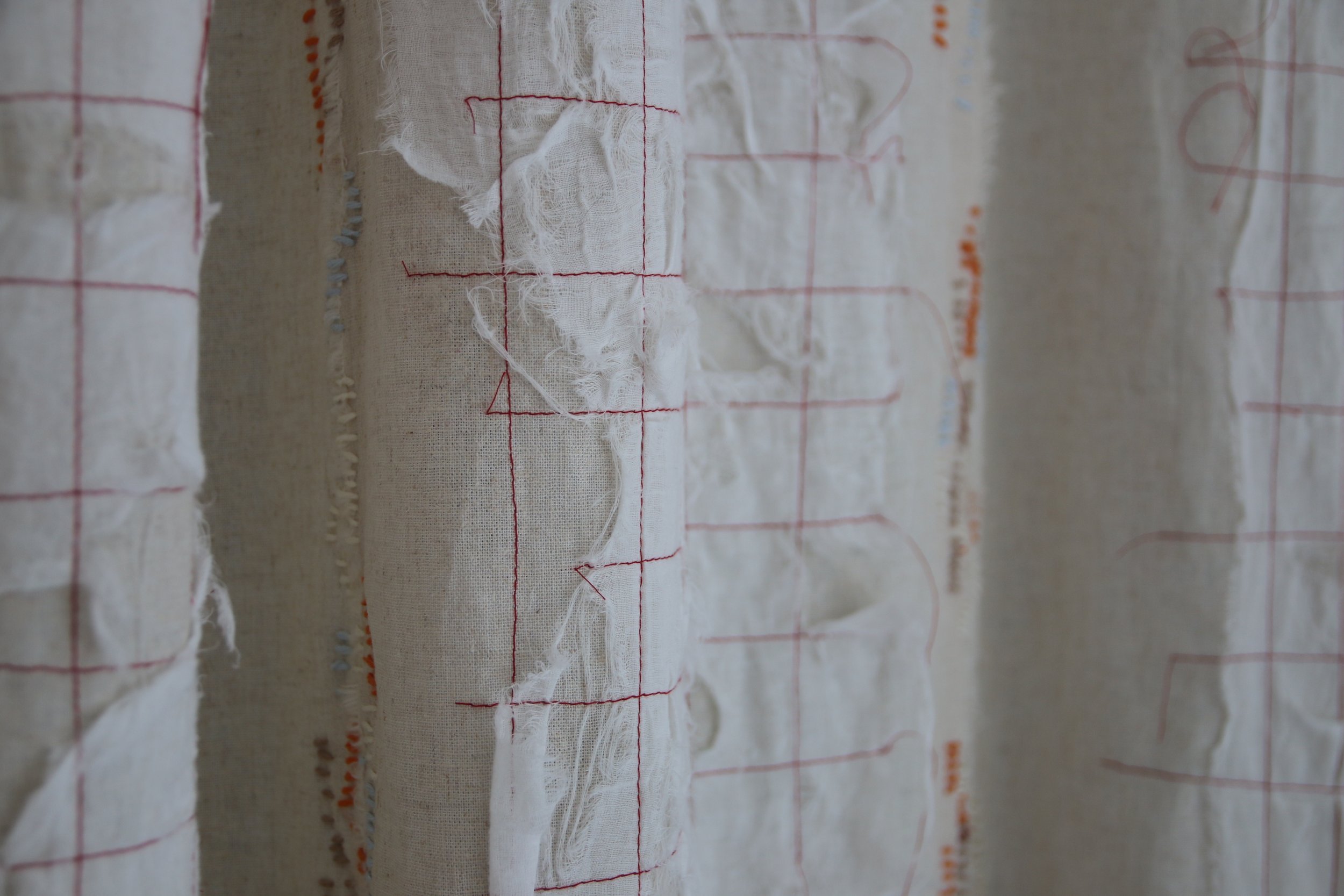
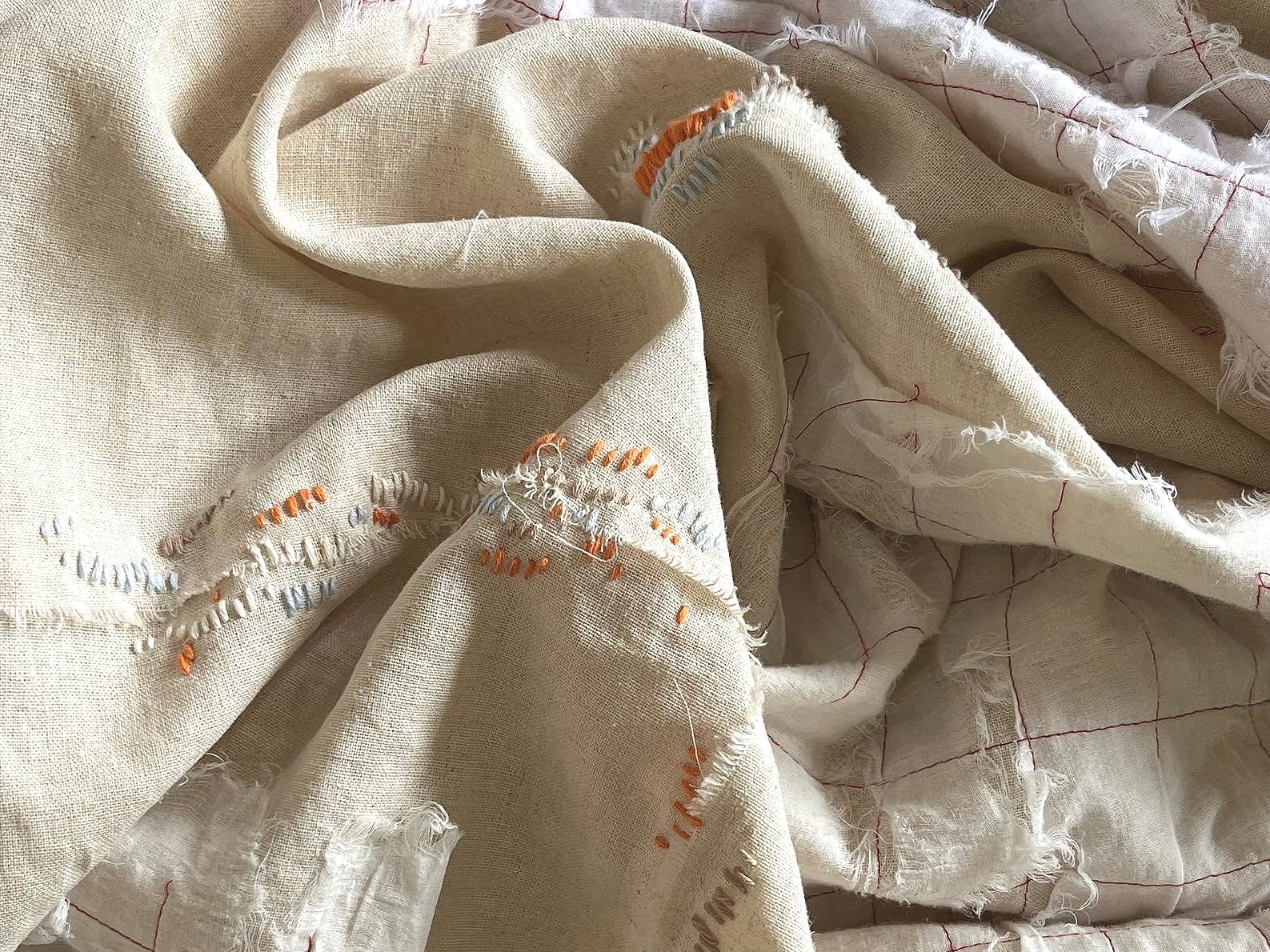
“ Our profession shape the present and the future, and we have a responsibility when it comes to the guidelines we set for society with what we create. ”
The spatial installation aim to show how close women's stories are to disappearing if we do not address them now and try to repair the history. As a textile can have a longer life and increased value by repairing it, the same goes for our field. Between designhistory as we have been told it and how it is today, there is a potential for development that is exciting and important that we address. Where each story meets, they are sewn together by hand and it creates dynamism and playfulness in the meeting points. My interaction with the women's stories creates waves in the textile, as it created waves in me and which I hope can create waves in others. Something new will emerge where the forgotten stories meet and are sewn together - it is techniques, methods and patterns that are created through the work of highlighting female designers' forgotten stories.
The project deals with an important topic for the development of our field and its education. I have felt as great a responsibility to make the women who came before me visible - as a responsibility to those who come after me. If we learn to respect women's historical contributions and recognize it as part of design history, it can bring us one step closer to a more varied and diverse understanding of design. Our profession shape the present and the future, and we have a responsibility when it comes to the guidelines we set for society with what we create. So if we become more aware of the imbalances in our own field, it is conceivable that we will also become better at counteracting these differences in society. Also to facilitate that more practitioners feel creative self-confidence and belonging to the subject - which in turn even out the premises.
